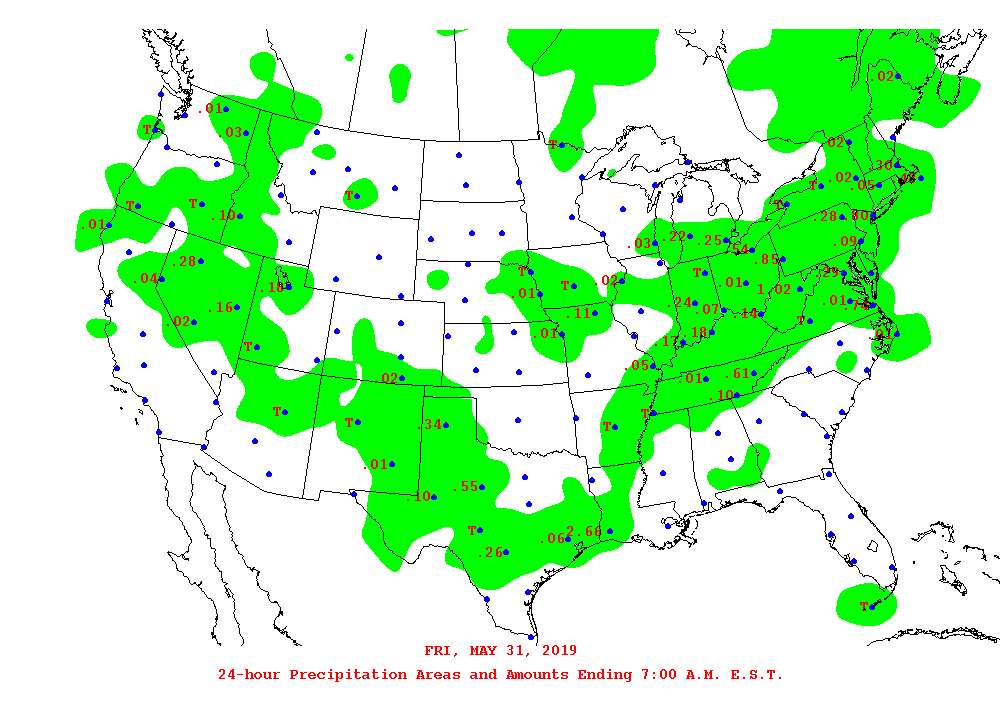

Warming has been concentrated in winter and fall, while summers have not warmed substantially (Figure 2a), a feature characteristic of much of the Midwest. The hottest year on record was 2012, with an annual average temperature of 52.1°, which is 4.5☏ above the long-term (1895–2020) average. Increases in humidity may be one cause of this asymmetric warming between night and day. The warming is due to increases in nighttime minimum temperatures daytime maximum temperatures, however, show no trend. Temperatures in the 2000s have been higher than in any other historical period, with the exception of the early 1930s Dust Bowl era. Temperatures in Iowa have risen more than 1☏ since the beginning of the 20th century (Figure 1). As a result, its climate is characterized by wide-ranging temperatures. Iowa’s location in the interior of North America and the lack of mountains to the north and south expose the state to incursions of bitterly cold air masses from the Arctic in the winter and warm, humid air masses from the Gulf of Mexico in the summer. Less warming is expected under a lower emissions future (the coldest end-of-century projections being about 2☏ warmer than the historical average green shading) and more warming under a higher emissions future (the hottest end-of-century projections being about 12☏ warmer than the hottest year in the historical record red shading). Historically unprecedented warming is projected during this century. Observed temperatures are generally within the envelope of model simulations of the historical period (gray shading). Shading indicates the range of annual temperatures from the set of models. Temperatures in Iowa (orange line) have risen more than 1☏ since the beginning of the 20th century. Projected changes for 2006–2100 are from global climate models for two possible futures: one in which greenhouse gas emissions continue to increase (higher emissions) and another in which greenhouse gas emissions increase at a slower rate (lower emissions). Figure 1: Observed and projected changes (compared to the 1901–1960 average) in near-surface air temperature for Iowa.


 0 kommentar(er)
0 kommentar(er)
